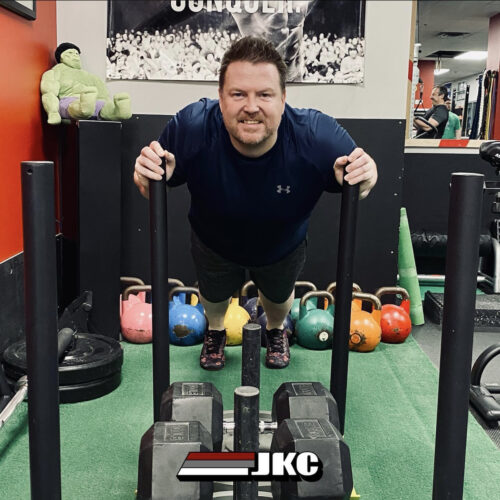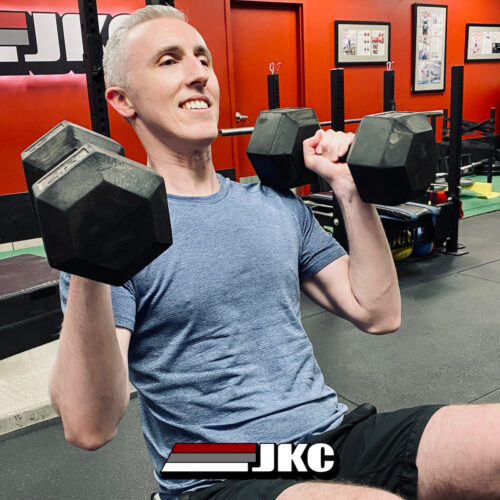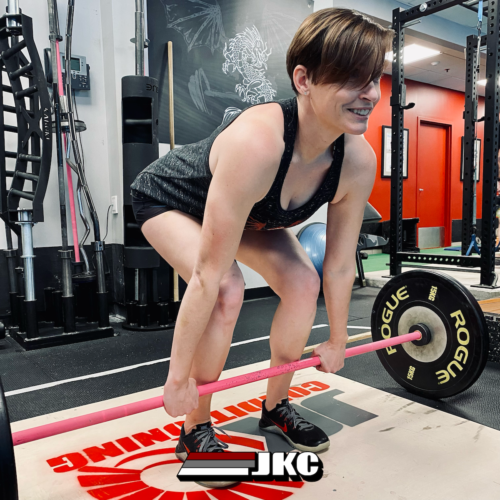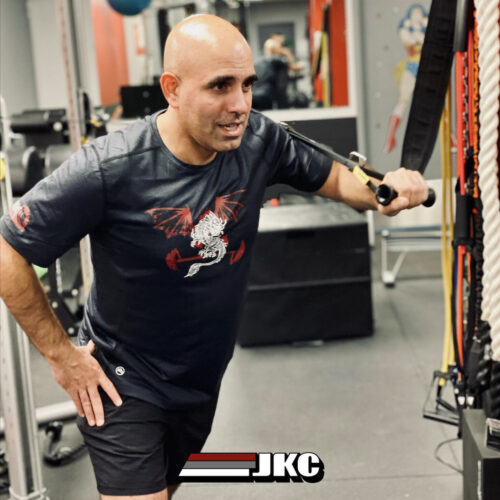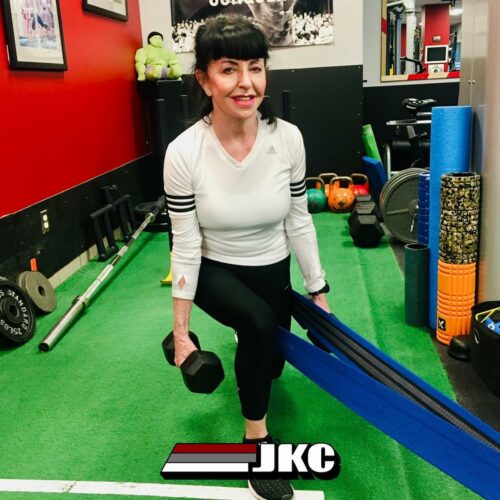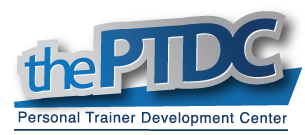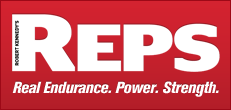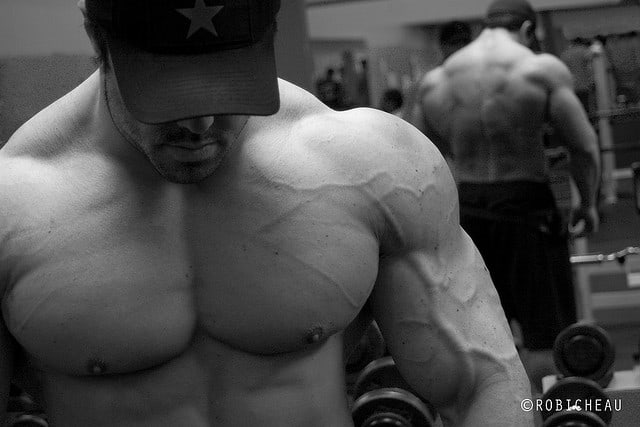
*How distance runners think they’ll look after spending some time in the gym*
“I’m going to build extra massand run slower.” It’s not a very encouraging thought for most runners – but that’s what they fear will happen if they start lifting weights. With visions of huge muscle-bound men and women grunting while throwing chalk-covered weights around the gym, it’s not surprising that many runners shy away from the weight room. But these stereotypes are wrong: runners can actually benefit from a wide variety of gym routines, ranging from plyometric (jump) training to improve neuromuscular efficiency, to upper-body weights to improve core stability and reduce unwanted rotation. In general, resistance training can cut the risk of injury, correct for muscular imbalances and improve strength in muscles, connective tissues, tendons and ligaments.
One key area where runners often develop problems is around the hips, where muscle imbalances can lead to a host of problems, such as hamstring strains and hip pain. Fortunately, a few key strengthening exercises, described below, will help address the underlying problems.
Muscle imbalances can be defined as differences in muscle length or muscle strength between opposing muscles or between the same muscles on opposite sides of the body. Runners typically develop weak gluteus maximus (buttocks) and iliopsoas muscles (deep hip flexors), while two superficial hip flexors (tensor fascia lata and the rectus femoris) and the hamstring muscle groups become strong and quite dominant. Stronger and tighter hip flexors also alter the pelvic alignment leading to anterior (forward) pelvic tilt, exacerbating the problem of dormant gluteals. These muscle imbalances result in movement impairments and altered joint motion at the hip. This phenomenon is known as gluteal amnesia, and can result in hamstring strains and other hip problems.
To assess for hamstring dominance, try this movement: Lie on your back and lift your hips off the ground (this is called a “glute bridge”). Those individuals with hamstring dominance and weak gluteals will immediately contract the hamstrings to lift the hips. The goal is to have minimal to no hamstring activation during this movement.
So, what can you do to avoid gluteal amnesia? First of all, don’t use the hamstring curl machine. It will not correct for dominant hamstrings and it\s not functional for running. You’ll need to lengthen the strong thigh hip flexors by performing a static hip flexor stretch: Place one knee on the ground with your other leg in front of you. Keep a straight articleure and squeeze your glutes to push your hips forward. Hold your front knee over the toes and keep your abdominals contracted. You should feel a stretch in front of your hips.
Next, make sure to incorporate proper hip strengthening exercises. Here are a few:
Glute bridge exercise

Lie on your back, just as in the glute bridge position described above. This time, place an elastic band around your thighs. Tighten your abs and drive your heels into the ground while pushing them away from you. This will activate your quadriceps and inhibit (turn off) your hamstring muscles. Now drive your hips up by squeezing your gluteals. Keep pushing your feet away from you while you are in the up position. Open your knees to activate the lateral gluteal muscles. Your hamstrings should be relaxed during the entire exercise. Hold for a count of 6 and repeat 3 sets of 10 repetitions.
Single-leg deadlift

Stand holding dumbbells in your hands. Bend one knee and place that foot on a bench behind you. While keeping a straight, neutral spine, push your hips back as you bend forward from the waist. The leg in contact with the ground should be relaxed with a slight bend. At the bottom of the movement, your upper body should reach parallel or just below parallel. It’s vital to keep your spine from rounding during the entire movement. Perform 3 sets of 8 repetitions per side.
Reverse towel slide lunge


Stand with one foot on a slide board or on a towel on a slippery surface. While holding dumbbells in your hands and with your chest up, slide back into a lunge with the foot that’s on the towel. Without touching the floor, drive your rear knee down and keep your front knee over your ankle. To get up from the bottom position, drive your front foot into the floor and rise up with minimal help from the sliding leg. You can also try 3 sets of 8 repetitions per side.
Keep in mind, it’s best to get professional advice when designing a proper strength training program. Proper technique training is also crucial to ensure your time in the gym is effective. Now, get your butt in the gym!!
This piece was my first published article (ever!) – in the March 2009 issue of Canadian Running.
Thanks for reading,
-Jon
photo credit: Anita Robicheau via photopin cc

